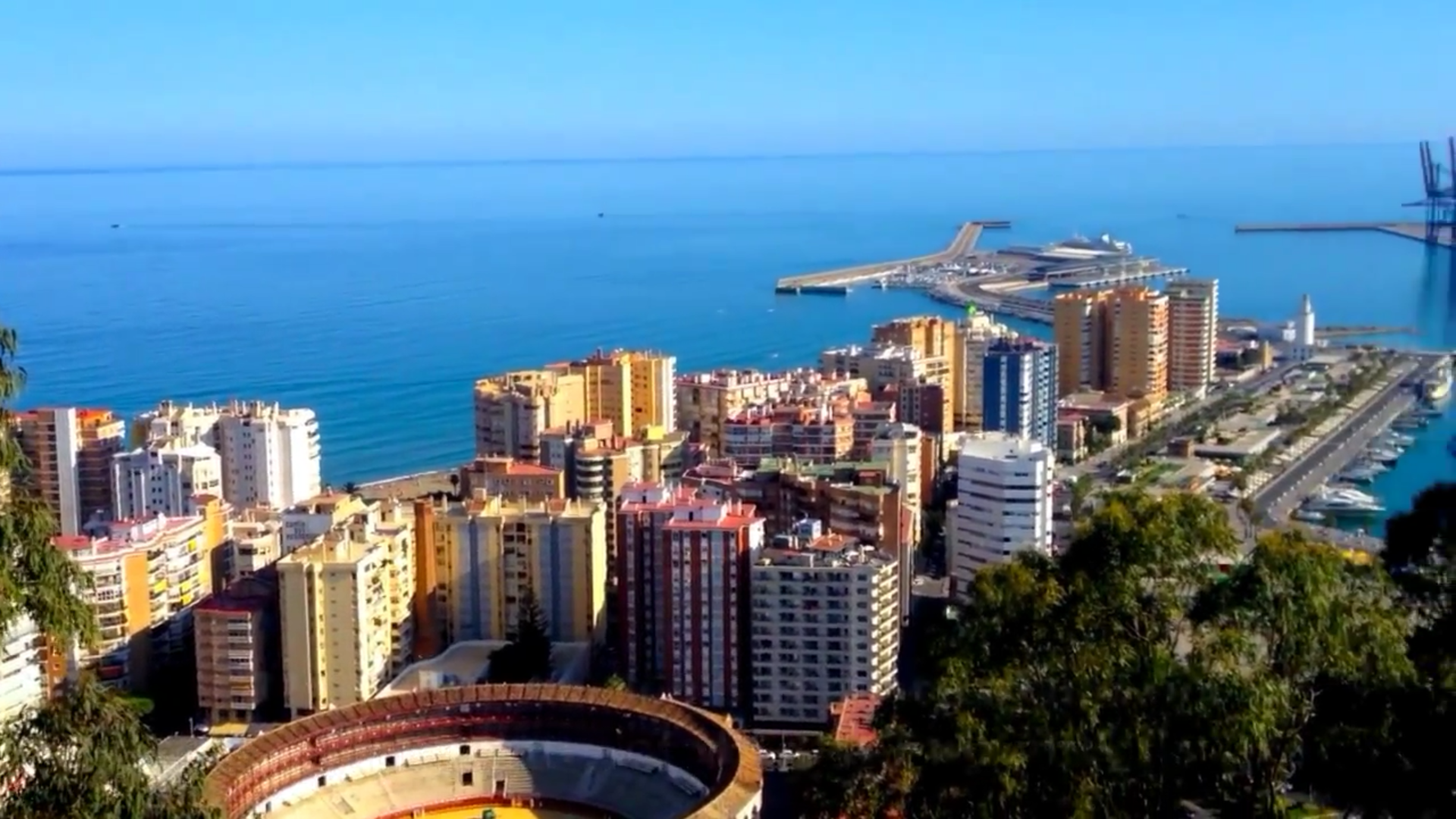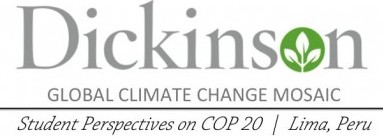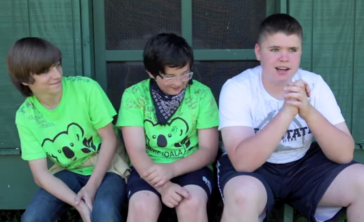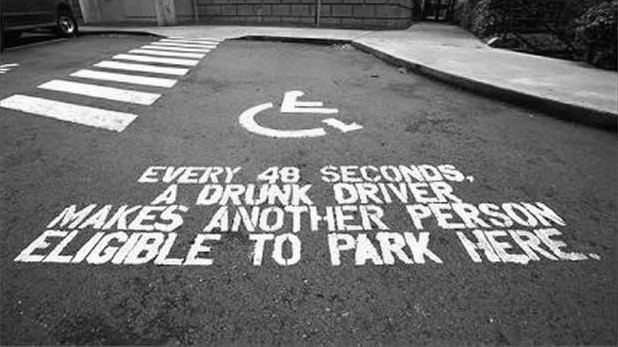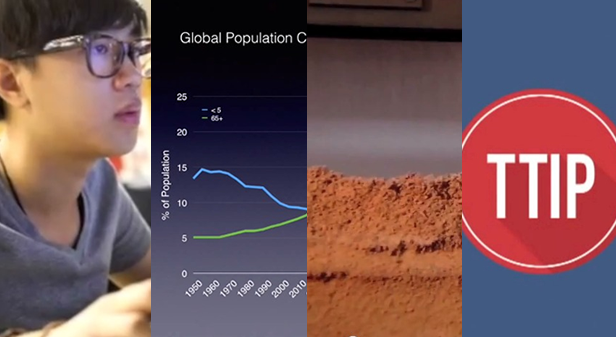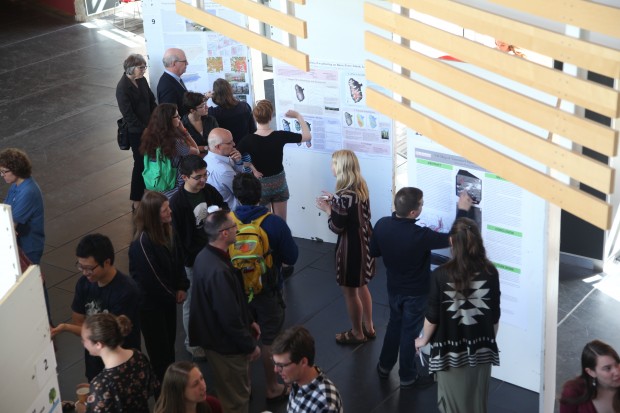The makery took part in the Sustainability Expo with a scrunchie making table. Even if you missed the event, everything you need to diy your own scrunchie is in the makery!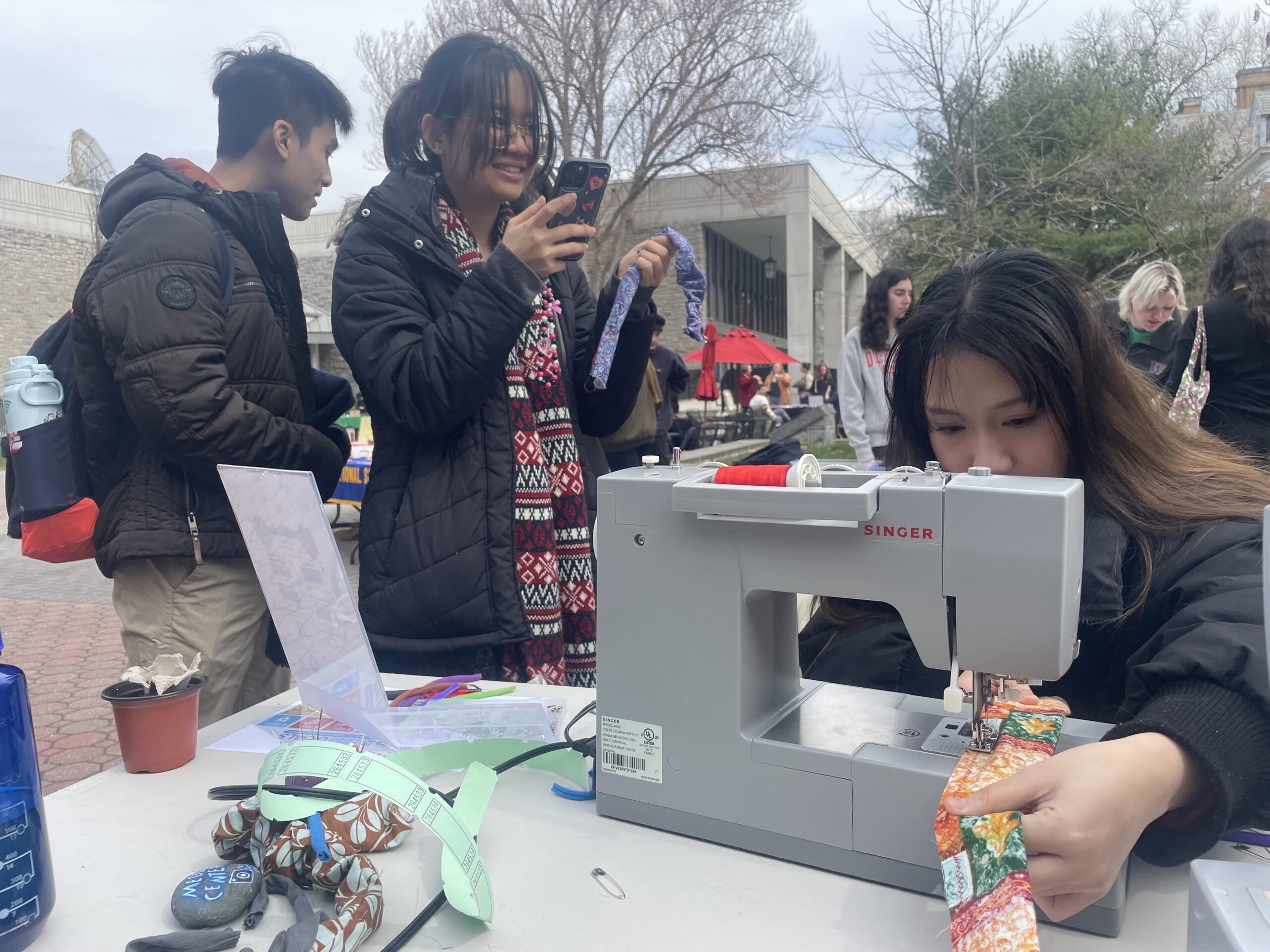
Category: Student Work (Page 1 of 5)
Justin McCarty ’15 put together a short film recapping the Dickinson College COP20 delegation and climate mosaic.
Also, check out the behind the scenes video by Jessica Poteet ’15
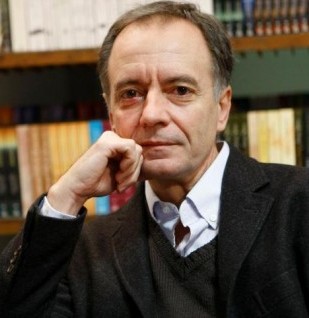
Giulia Pagano ’17’s Independent Study Project: Antonio Soler y la España Contemporánea: Un proyecto didáctico y multimedia
Aquí les presento Antonio Soler, un escritor español que nació en Málaga en 1956. Soler es uno de los autores más conocidos en su generación por ser un escritor prolífico durante los años. Hasta ahora, Soler ha escrito once libros y muchos de ellos ganaron premios prestigiosos como, por ejemplo, el Premio Nadal por su novela El camino de los ingleses (2004) y el Premio Primavera de novela por su libro El nombre que ahora digo (1999). Pero Antonio Soler no es solo escritor, sino que es también un colaborador de prensa con los periódicos Diario del Sur y El Mundo. También es guionista de un film basado en uno de sus novelas dirigido por Antonio Banderas.
Conocí Antonio en el otoño del 2014 cuándo se quedó casi un semestre en Dickinson como escritor de residencia o “Writer-in-Residence”. Durante su residencia, el escritor trabajaba en su próxima novela y también colaboraba con el profesor Mark Aldrich en su curso sobre la literatura de la Transición Española. En este curso mis compañeros y yo hemos leído cortos cuentos de escritores como Carme Riera, Carmen Martín Gaite, Ignacio Aldecoa, Lucía Etxebarria, y muchos otros. Además de estos cuentos, hemos leído novelas de Soler como por ejemplo El sueño del caimán, El camino de los ingleses y cuentos como “Las puertas del infierno”, “Lilí”, etc. Por mi proyecto final en este curso, he tenido la oportunidad de traducir la charla final que Antonio dio el 3 de diciembre. Este discusión se llama “La cultura contemporánea española: 39 años de democracia tras 39 años de dictadura” y es sobre la cultura de España contemporánea y los cambios que pasaron después de la muerte de Francisco Franco.
Esta charla fue la base de mi estudio independiente que hizo en la primavera de 2015 con el profesor Mark Aldrich. Una de las metas principales de este estudio era de entender mejor las numerosas referencias que Soler hace en su charla. Quería indagar los conceptos y los movimientos sociales que Soler menciona no solo por mi interés, sino también por los estudiantes y la comunidad de Dickinson. Para que sea más accesible para todos, he dividido la charla en once secciones. Cada sección tiene un titulo general, una introducción al tema principal, unas anotaciones a lo largo del texto, unas palabras de vocabulario, y una o dos fuentes primarias relacionadas con cada sección. Toda esta información fue trasladada a un sitio web donde uno puede leer cada sección y al mismo tiempo escuchar a la charla en YouTube. Este proyecto incluye no solo elementos multimedios, sino que tiene un elemento didáctico en el sentido de que puede ser usado como base por un curso de español intermedio u avanzado.
Aquí abajo les pongo enlaces para el sitio web y el video de la charla de Antonio Soler en YouTube.
El enlace para “Annotate – Antonio Soler”
Professor Jim Hoefler’s Policy Management Seminar course continued its history of supporting local non-profits by creating videos that help them spread their message. Check out the videos from last semester as well previous ones.
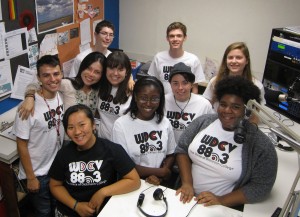 In years past for orientation we’ve had streams of first years coming through the media center before being whisked off to their next event, small groups pop in for couple hours with just enough time to make a quick iMovie mashup, and even a group sing along in one of our podcast rooms. This year we got to work with a group of enthusiastic first years over four days to create radio stories as part of the Pre-Orientation program.
In years past for orientation we’ve had streams of first years coming through the media center before being whisked off to their next event, small groups pop in for couple hours with just enough time to make a quick iMovie mashup, and even a group sing along in one of our podcast rooms. This year we got to work with a group of enthusiastic first years over four days to create radio stories as part of the Pre-Orientation program.
Our program included an interview technique Q and A session with Tony Moore and Joseph O’Neill from Marketing and Communication, audio production session, a DJ booth practice run with WDCV technician Tyler Garrett, and quick study session of our favorites like This American Life, Planet Money, and RadioLab. The result was five great stories which then aired live on WDCV during orientation.
Check out the programs below and the full stories with pictures on WDCV.
Below are some our favorite projects from the Mass Media and American Politics course this semester. All of these videos were done as course assignments and in no way reflect any views by the college or necessarily the students that created them. Also, despite the content of some the videos these were all student projects none of the videos were paid for by any outside entity.
[ensemblevideo contentID=HnetJEInGEuThOuHgDey4w iframe=false]
[ensemblevideo contentID=Urkzi-OBVUOYzdGSLOWAfQ iframe=false]
[ensemblevideo contentID=yOrY_-wklUqE94mOnKdmDw iframe=false]
[ensemblevideo contentID=WVF6sFB_aUmi65jxkD9NhA iframe=false]
[ensemblevideo contentID=fRtsUgzrFUW5YrKnco2WiQ iframe=false]
[ensemblevideo contentID=Rj2Tx-kjk0SeDb2qW2ZRpw iframe=false]
[ensemblevideo contentID=tf_GBWmJbk6Tj3r6H9IKbg iframe=false]
[ensemblevideo contentID=mxd-zGPpwEy54nsckMLEhA iframe=false]
Our favorite video projects from the Global Economy class.
Watch them all here
Below are some of the posters created for GIS supported course this semester and presented at the Spring 2014 GIS Expo and Poster Symposium. Check all the projects here.
by mc assistant Kia using our Google Glass
